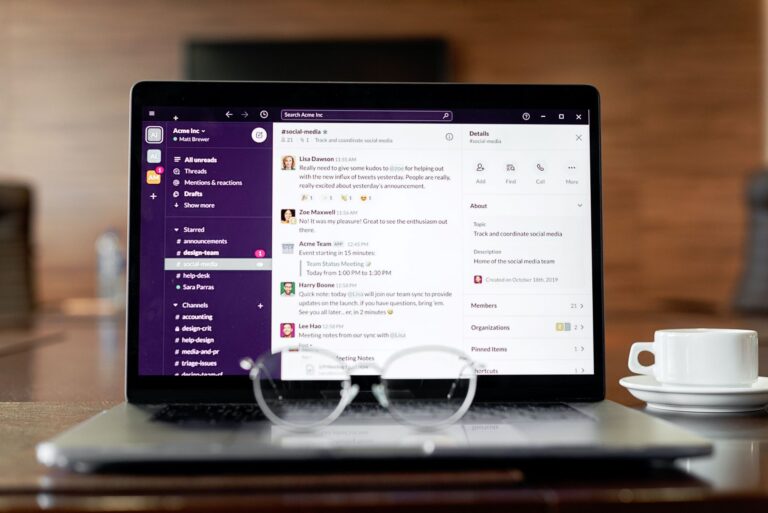ISRO: Aditya-L1 India’s Exciting Solar Mission:
On September 2, 2023, at 11:50 am (Indian time), India is all set to do something amazing – send a special satellite into space to study the Sun. This mission is called Aditya-L1. It’s a big deal because it will help us understand the Sun better and how it affects our planet Earth.
Why Aditya-L1 Is Important
Aditya-L1, named after the Sun god Aditya in Hindu mythology, is like a high-tech space camera. It’s going to take pictures and collect information about the Sun to help scientists learn more about it. This will help us know more about how the Sun’s outer layer, called the corona, behaves. Understanding the Sun is important because it affects our weather and technology on Earth.
What Aditya-L1 Will Do
Exploring the Solar Corona: Aditya-L1 will take a close look at the Sun’s outer layer called the corona. Think of it as looking at the Sun’s fancy outer clothes. Understanding the corona helps us understand how the Sun works and how it affects us.
Checking Out Solar Wind: The Sun sends out something called “solar wind,” which is like a stream of tiny particles. Aditya-L1 will study this solar wind to see how it can mess with Earth’s technology, like satellites and power grids.
Predicting Solar Storms: Sometimes, the Sun acts up and has what we call “solar storms.” These can mess with our technology too. Aditya-L1 will help us predict when these storms might happen so we can get ready.
Better Weather Forecasts: Just like we predict rain and sunshine on Earth, scientists want to predict space weather. Aditya-L1 will provide information to help forecast space weather, which is important for astronauts and satellites.
Learning About the Sun’s Behavior: Aditya-L1 will also study how the Sun’s magnetic fields work. This helps us understand how the Sun changes over time and how it might affect our climate.
Cool Tools on Aditya-L1
Aditya-L1 has some awesome gadgets on board, like:
Visible Emission Line Coronagraph (VELC): This fancy camera will take pictures of the Sun’s corona to show us what it’s like.
Solar Ultraviolet Imaging Telescope (SUIT): SUIT will take pictures of the Sun to help scientists understand its atmosphere better.
Aditya Solar Wind Particle Experiment (ASPEX): ASPEX will measure the tiny particles in solar wind to help us know more about it.
Plasma Analyser Package for Aditya (PAPA): PAPA will tell us what solar wind is made of and how fast it’s moving.
Working Together with Other Countries
India is not doing this all by itself. It’s teaming up with other countries like the United States and Europe to share information and work together. Space science is a global effort!
Conclusion
The launch of Aditya-L1 on September 2, 2023, is a big moment for India and space science. It’s like sending a super-smart camera to take pictures of the Sun and tell us more about it. This mission shows that India is really interested in learning more about the world beyond our planet and helping scientists from all over the world understand our Sun better. As we countdown to the launch, get ready for some incredible discoveries about the Sun and how it affects us here on Earth.




